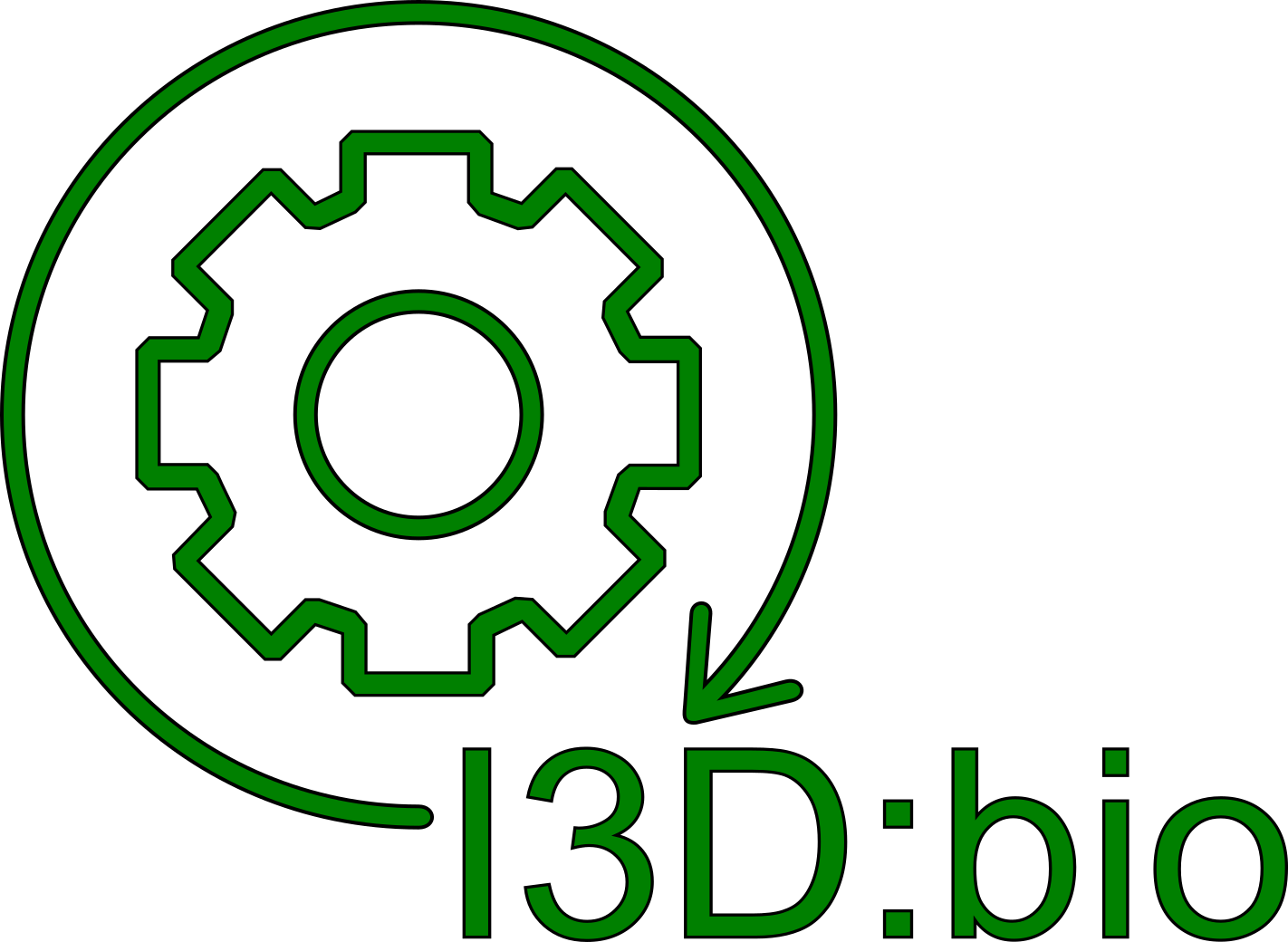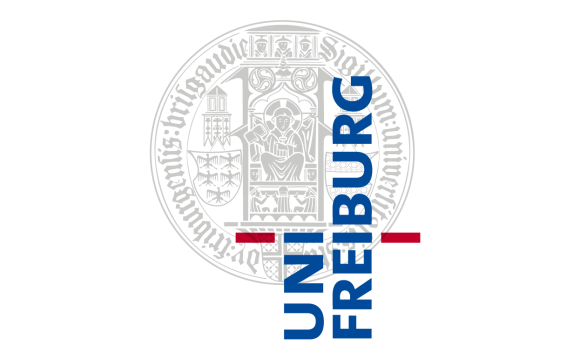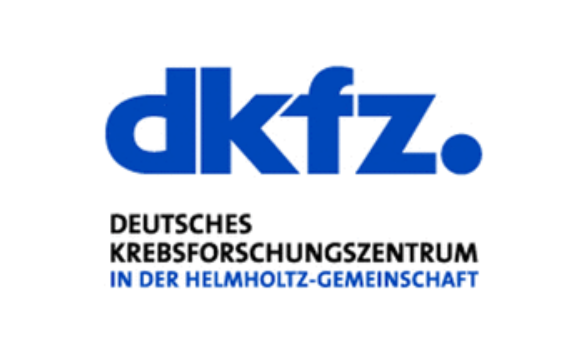The image data management platform OMERO offers possibilities for structured metadata annotation. But with possibilities come decisions to make. Research projects are complex and, therefore, giving a unique one-size-fits-all recommendation for data structuring is difficult. Nevertheless, some basic principles for using structured annotations may help to shape your research data management to optimize usability.
As we detailled in our I3D:bio’s OMERO Training Material, we recommend:
- Use Tags in OMERO for data organization and categorization. Tag-based annotation can substitute the habit of creating deep folder hierarchies. Leverage the strength of object-oriented storage in OMERO. So, instead of thinking in file paths, you may want to think in terms of data objects accessible via their annotations. Tags are here to annotate the data following a logic that you would intuitively want to apply to nested folder hierarchies.
- Use Key-Value Pairs to enrich your data with biologically meaningful and relevant metadata about the specimen, the sample preparation, the staining methods, the genetic background, etc. This is the metadata to understand the full scientific scope of information contained in your image. While you can also re-organize data based on Key-Value Paris, the benefit lies in the ability to apply community-developed metadata standards, for example, the Recommended Metadata for Biological Images Checklist (REMBI).
Does that sound rather theoretical?
Watch this video by Tom Boissonnet explaining the full rationale behind this recommendation for data structuring:
Link: https://youtu.be/BNZKMiuK7kg?feature=shared&t=438
This video is a recording of Tom’s presentation at the AIMM meeting, an international exchange forum for Automated Image Management and Metadata Annotation, organized by our partners at BioImaging North America (BINA).






